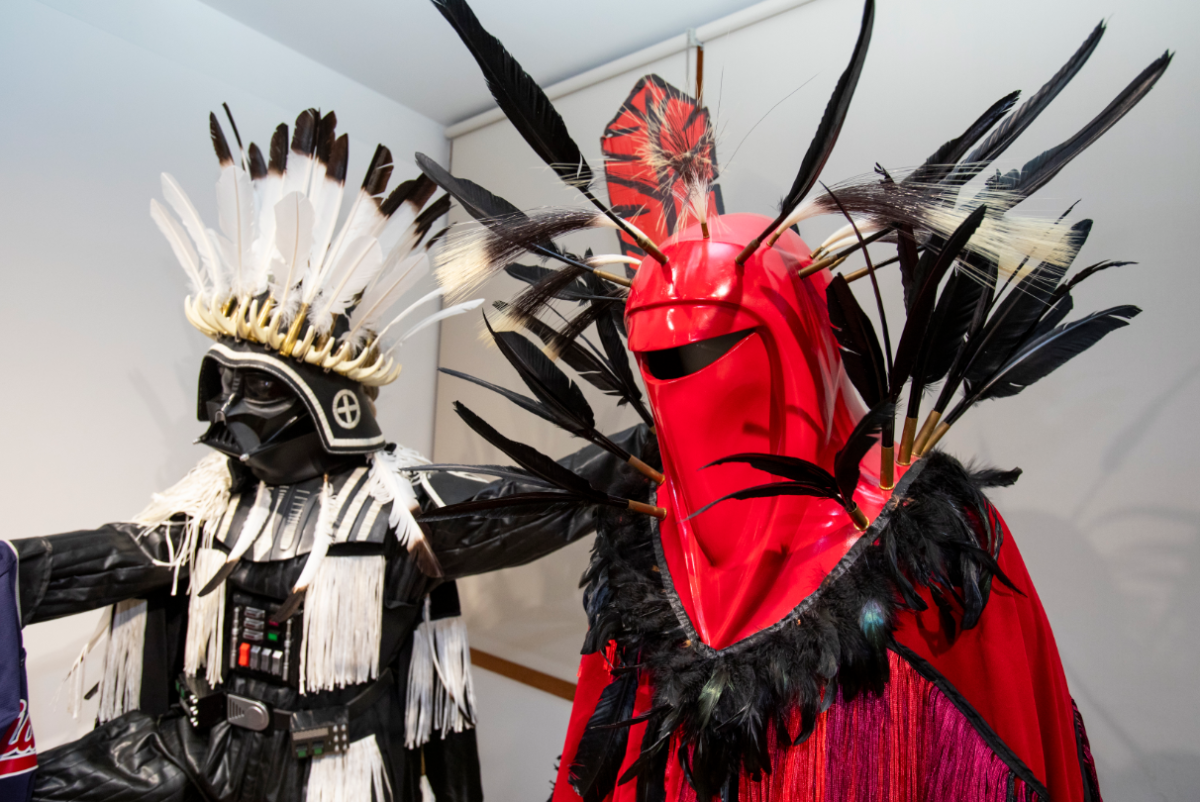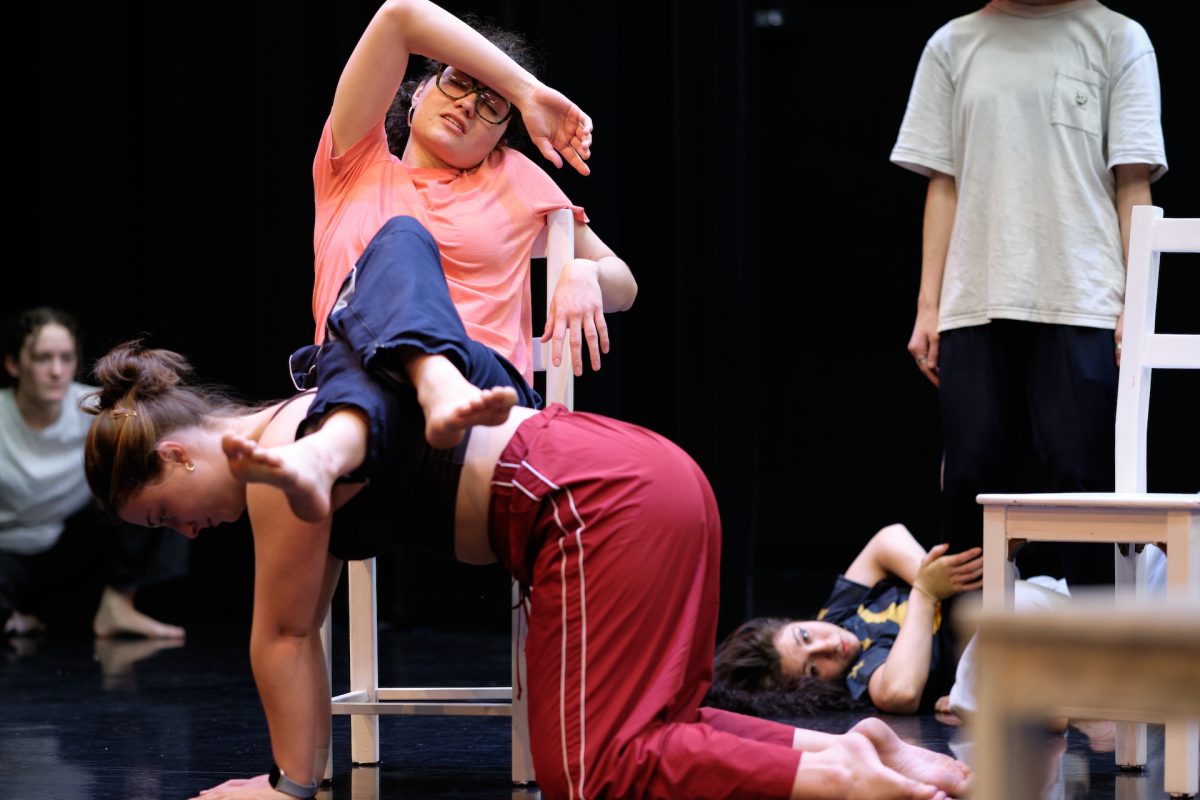Behind every great artist, there’s a painstaking process of creation and formulation.
But as with many modern commodities – even those of a high art caliber – the processes of labor and care that birthed the finished product are often hidden and decontextualized.
Eva Hesse Drawing
WHEN: Now through Feb. 18
WHERE: Walker Art Center, 1750 Hennepin Ave., Minneapolis.
TICKETS: $8 adults, $5 students with I.D. www.walkerart.org
The “Mona Lisa,” what was once a quaint little piece of portraiture by DaVinci, has now become an enigmatic beacon of cheap reproductions and cultural kidney shots. Miz Lisa is the iconic ruler of the artsy key chain industry, is referred to as “Moaning Lisa” in a “Simpsons” episode, and was given a moustache and goatee by Dadaist artist Marcel Duchamp. That’s all without mentioning the dreaded Dan Brown novel.
With hope, as fate might have it, not all marvelous artistic expressions of yesteryear will fall victim to the fetishization-in-a-vacumn type of capitalistic influence.
Walker Art Center is now the temporary home of the exhibition “Eva Hesse Drawing,” which focuses on the role that drawing and collage played in Minimalist painter and sculptor Eva Hesse’s artistic process.
The exhibition features over 150 of her works on paper mediums and in rudimentary forms. The display showcases many illustrations of soon-to-be renowned sculptures as they gesture, angle and sprawl toward materialization.
German-born American artist Eva Hesse lived a short and somewhat tragic life. As a young child, she escaped Nazi persecution and her mother committed suicide when Eva was 10 years old. Then, at the age of 34, Hesse died of brain cancer.
Nonetheless, Hesse made a considerable impression on the Modern art world through her paintings, sculptures and her unique focus on the physical properties of materials, called “process art.”
Amid the old postwar, Modern and phallocentric art world, she established herself and adapted a feminine approach to the often harsh masculine realities of Minimalism.
Hesse had a fondness for compartmentalizing suggestive psychoanalytic squiggles and skeletal rigidities, varying in fatness and curvature. Colorful bursts of blurred machines, lines and heaps of shapes create a distillation of surrealist imagery, feminine style.
Her array of illustrations in “Eva Hesse Drawing” depicts the selective, lineated, serial style that she used in many of her sculpted and painted works. The drawings also map out the evolutive process which characterized her best works in the 1960s.
Anxiety, identity and phallic mockery peek out through her sketches. Her work sometimes borders on the frivolously obscene – referring to bodily functions, fleshy metaphors and organic reification through shape and texture.
Hesse might have created for only a short time and died young, but through the display of her creative process, her artistic vision can be contemplated, questioned and, most importantly, appreciated for its testament to the artistic process.







